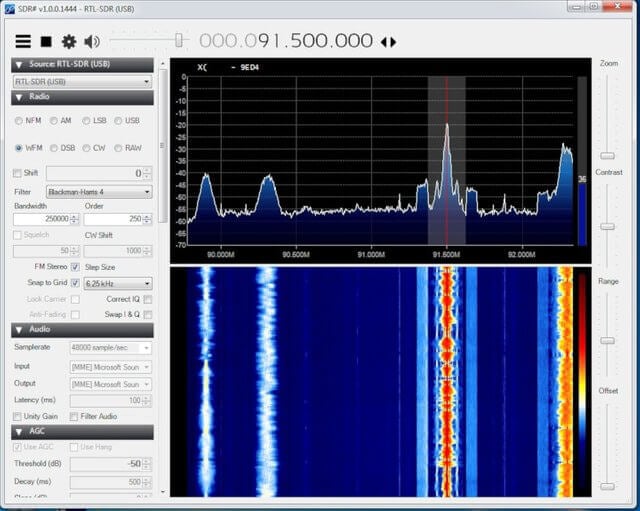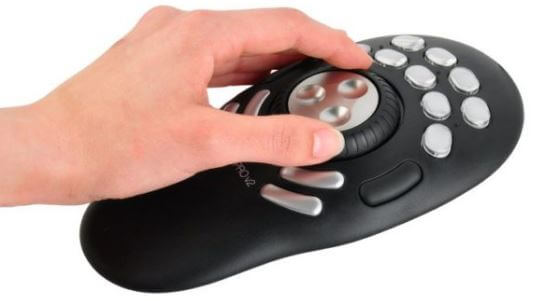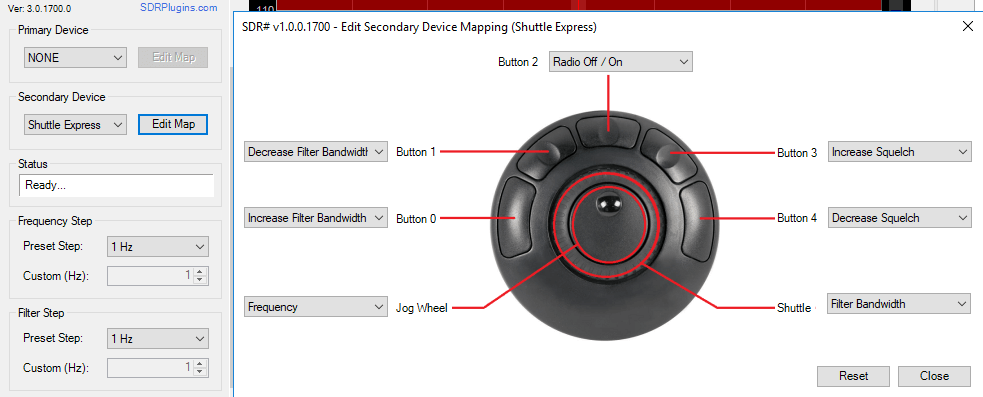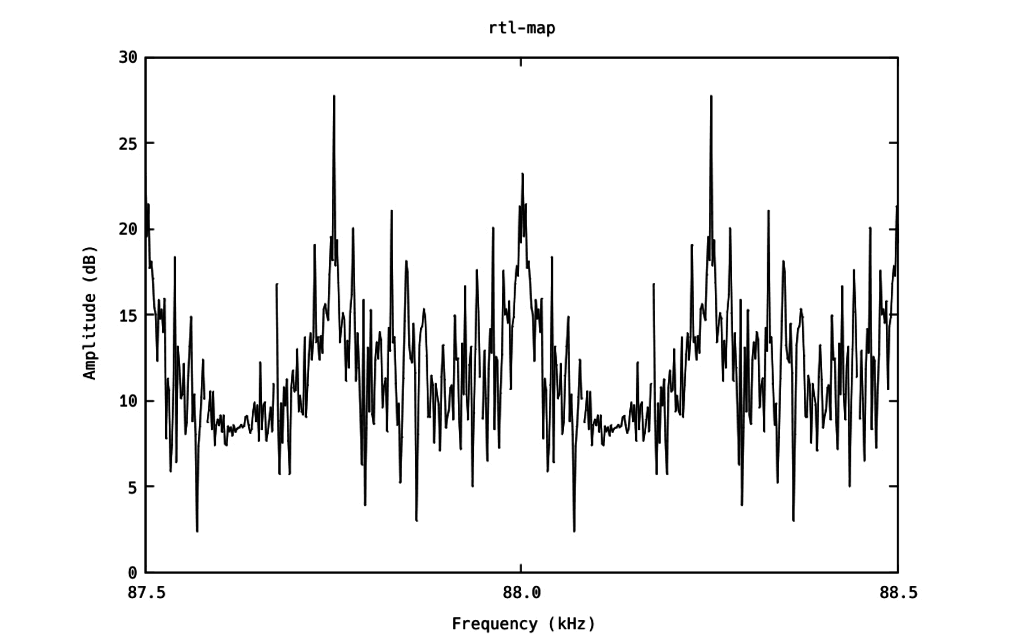FOSDEM is a large yearly conference where thousands of open source developers gather in Brussels. This years FOSDEM was held between 2-3 February, and within the last few days the talks have been uploaded to YouTube. Below we post some SDR/Radio related talks that we've found interesting.
Performing Low-cost Electromagnetic Side-channel Attacks using RTL-SDR and Neural Networks
Electromagnetic (EM) side-channel attacks exploit the EM radiation that inherently leaks from electronic systems during various computations. Patterns in the amplitude or frequency of this radiation can be analyzed to break even theoretically secure cryptographic algorithms such as RSA and AES. In this presentation, we will cover the various challenges involved with successfully performing EM side-channel attacks using relatively low-cost Software Defined Radios (SDRs) and EM probes. More concretely, we will discuss the measurement setup, trace capture process, trace alignment / filtering, and Correlation Electromagnetic Attack (CEMA) for a scenario in which an Arduino Duemilanove is executing a software AES algorithm with an unknown key. Finally, we will see how artificial neural networks can be used to reduce the complexity of performing successful EM side-channel attacks. In present-day communications systems, cryptographic algorithms (ciphers) provide confidentiality and integrity of data through secret pieces of information (i.e. shared or private keys) known only to the communicating parties. However, as shown in numerous previous works, measuring the physical properties of hardware during executions of a cipher can reveal information about its current state. When sufficient information leaks through these so-called "side-channels", an adversary can compute the key. In this presentation, we will examine the EM side channel, which originates from electromagnetic radiation leaking from a device.
Performing EM side-channel attacks used to require rather expensive oscilloscopes with high sample rate ADCs. With the advent of inexpensive SDRs such as the RTL-SDR and advances in AI, the bar to perform such attacks has been adequately lowered. We will learn how to use the open-source ElectroMagnetic Mining Array (EMMA) tool to capture leakages emanated by an Arduino Duemilanove during the execution of an AES encryption operation. Next, a standard CEMA attack will be performed. This attack correlates the measured amplitude of a signal with the hamming weight of part of the key in order to determine which key was used during the execution of the cipher. Finally, we will examine applications of neural networks to side-channel analysis. Both traditional deep Convolutional Neural Networks (CNNs) as well as a novel "correlation optimization" (CO) method using shallow neural networks will be discussed.
The Dwingeloo radio telescope goes SDR
The Dwingeloo radio telescope is a historic instrument in the Netherlands. At its opening in 1956, the 25m dish was the largest fully steerable radio telescope in the world. These days it is run by a group of volunteers, who have restored and rejuvenated the instrument. It is used for radio astronomy and amateur radio, but also for outreach and art projects, to name a few of our activities.
We perform observations of pulsars, the hydrogen line of our own Milky Way and other galaxies, have a SETI project, and have recently participated in our first VLBI observation. We are increasingly using Software Defined Radio and in particular GNU Radio to perform our measurements. This allows for rapid development of new signal processing chains, and a lot of flexibility in how we process the incoming data.
In this presentation I will present some of the signal processing that is useful for radio astronomy, the flowcharts we have developed, and the astronomical results that we obtain with them.
GNU Radio in 2019: Facts and Plans An overview of where GNU Radio is going this fine year
GNU Radio is one of the biggest and most widely adopted SDR framework in the free software world. In this talk, we will lay out how we intend to keep it going for the next year, and beyond. GNU Radio is one of the biggest and most widely adopted SDR framework in the free software world. It's history is pretty interesting, and spans multiple decades at this point. However, we're far from being done! We will talk about how we intend to keep the samples flowing in 2019, and beyond.
SDR Makerspace sdrmaker.space
SDR Makerspace (https://sdrmaker.space) is a collaboration between the European Space Agency and Libre Space Foundation with the objective of bringing innovative open-source SDR technologies to space communications. Makers, open-source hackers, SDR enthusiasts, and researchers are brought together to work on small SDR hardware and software projects, focusing on rapid prototyping and development of reusable open-source SDR components for future CubeSat missions. In this presentation, we give an overview of the current activities and present the results achieved so far.
SDR Makerspace (https://sdrmaker.space) is a collaboration between the European Space Agency and Libre Space Foundation with the objective of bringing innovative open-source SDR technologies to space communications. Makers, open-source hackers, SDR enthusiasts, and researchers are brought together to work on small SDR hardware and software projects, focusing on rapid prototyping and development of reusable open-source SDR components for future CubeSat missions. In this presentation, we give an overview of the current activities and present the results achieved so far.
gr-soapy: A handy SDR hardware interface module for GNU Radio
gr-Soapy is an OOT module for the GNU Radio platform to configure and manage a plethora of SDR devices through the SoapySDR API. It provides easy to use source and sink blocks with various parameter fields, enabled according to the capabilities of the device specified by the user. With the emergence of various low cost SDR devices that anyone can experiment with, ham radio community continues to expand and create fascinating open source projects. Aside from the ham radio community, also researchers and professionals study and develop protocols and applications for the radio spectrum with the use of SDR devices.
To facilitate the interface of users with SDR devices, in this short talk we will present the gr-Soapy OOT module for the GNU Radio platform. gr-Soapy tries to simplify the process of configuring and using SDR devices inside the popular platform of GNU Radio, without omitting functionalities needed by more experienced users. It uses the open source SoapySDR project for the management of the devices. SoapySDR is an active, expanding and robust API, enabling gr-Soapy to be up to date without the need to actively update it with every new SDR device that becomes available.
Other Talks
GNU Radio with a Rusty FPGA Experiment building FPGA accelerated blocks with Rust bindings
Protect your bits: Introduction to gr-fec A look into the error-correction capabilities of GNU Radio
GNU Radio meets Scapy
libsigmf: Human Tools for Extra-Terrestrial and AI Radios



